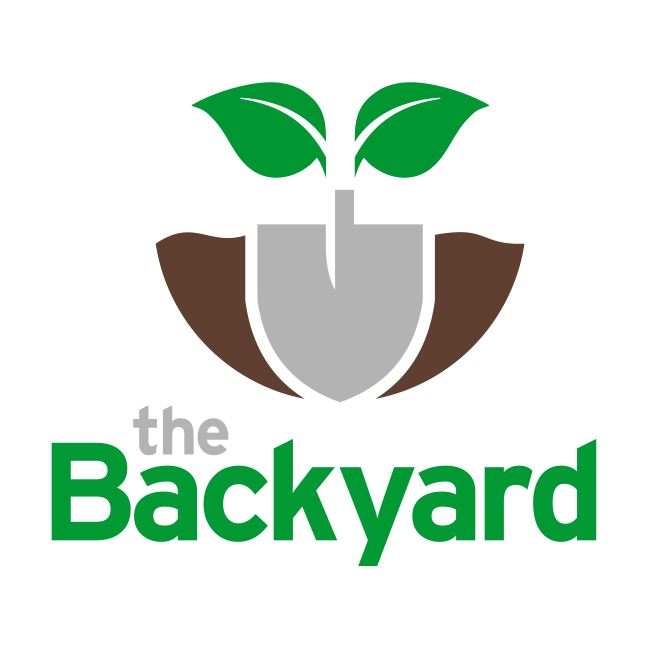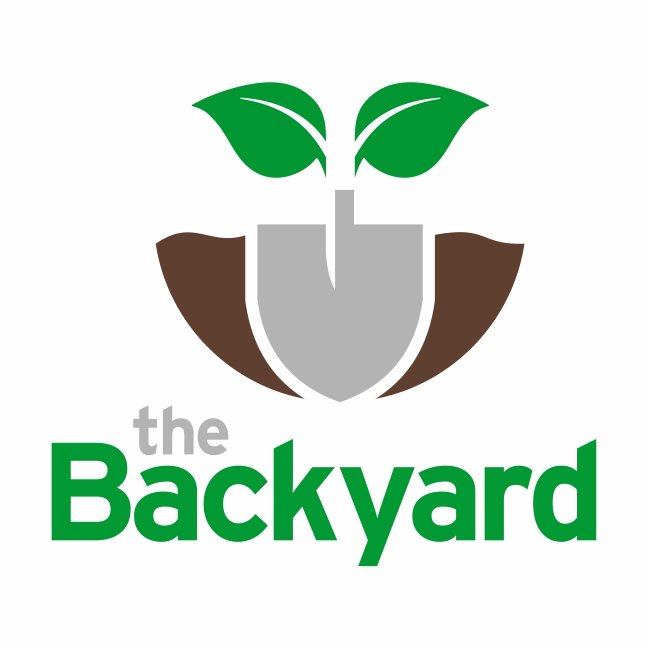Starting a Garden
You can see it now, the vegetables that are growing in the garden, the fresh carrots and greens and herbs for salads, root crops for winter and fall eating, and so many veggies that make that meal that much better!
But before we get there, let’s take a step back and ensure that your garden has the best chance of producing those amazing abundant vegetables.
I will discuss how to keep your soil healthy, how do plant your garden and design it with water in mind. We will discuss Garden maintenance and harvesting and finally a few checklists to make sure that you are doing everything that you can to keep your garden healthy.
The 5 principles of Soil health
Cover the Soil
Whether you grow cover plants, or use plant materials or mulches, you should never leave bare soil exposed. The soil is the skin of the earth.
Keep living roots in the soil
Roots feed the micro-organisms that live within the soil that form the soil food web.
Add Compost and/Or other organic amendments
You are taking vegetables from the soil, so you need to add something back. Compost adds organic matter and inoculates the soil with beneficial micro-organisms.
Support Plant and Soil Diversity
Diversity above ground is linked to diversity below ground. 3
Both are extremely important for healthy soils and healthy gardens.
When you plant a diverse amount of crops or vegetables, not only will you have a diversity of things to eat and enjoy, but diversity of plants can reduce pest pressures, disease, weeds and keep your soil healthy.
Minimize soil disturbance
Reduce or eliminate tillage or the disturbance of the soil ecosystem habitat.
Rototilling can bring up weed seeds and destroy beneficial micro-organism communities.
If the soil needs loosened use a fork to loosen the soil for planting.
If you have utilized the other principles of soil health, the soil should remain loose and tilthy and ready for planting and growing.
Garden Design
Now that we have the soil health figured out, the rest of the garden design relates to planting and getting water to the garden.
Water
1.Roof top Rainwater collection
Collecting rainwater from your rooftop is a great way to divert water that would otherwise cause issues when it rushed out of the drain pipe into a productive use in the Garden!
2.Slowing the water down –
Watch how the water travels on your landscape. Is there a way that you can slow the water down through trenches or raised garden areas so it has more time to sink into the ground rather than rush away from your garden. .
3.Wood Chips as water reservoirs –
Wood can act as a sponge for water when it starts to break down. As the wood chips age you will notice that each piece will be spongier and hold water.
4.Use Soil health principles to maintain water in the soil.
a. Cover the soil so that the sun doesn’t dry it out and it can hold more water b. Keep living roots in the soil – Additional organic matter in the soil helps it to hold more water c. Add Compost – The more organic matter in the soil the more water it can hold.
A 1% increase in soil organic carbon equates to about a 2% increase in water holding capacity
Planting
To grow an abundance of plants, vegetables etc... follow the following principles for a healthier and abundant garden.
Plant intensely Since you have wood chip pathways, there is no need to leave space between each row. Remember the height and width of mature plants when planting Plant tall plants at the edge facing the sun so that they don’t shade out smaller plants. Space plants that spread wider farther apart
Follow the Soil health principles
Support plant and soil diversity - Plant a number of different crops together in the same bed. Interspacing different types of plants together will help to confuse pests and ensure a better harvest.
Reduce tillage by loosening the soil only when required, loosen the soil with a fork or broadfork before planting and avoid flipping the soil entirely (This way you won’t bring up dormant weed seeds). You can also try planting a crop with a long tap root for one season to help to loosen and break up the soil.
Rotate your crops Typically plants are rotated to different parts of the garden every year. That way pests and diseases have less chance of infecting plants. Planting legumes like peas and beans that fix nitrogen in the soil before planting heavy feeders such as corn, squash, pumpkins etc…
Plant in Succession Some plants that are fast growing can be planted every two weeks so that you have a continual harvest throughout the harvesting season instead of all at once. Lettuces, greens and radishes are good succession plants. Radishes (fast growing crop) and Parsnips (Slow to germinate crop) can be planted in the same row. Once the radishes are ready to harvest the parsnips are just popping through.
Plant what you will eat. If you aren’t able to enjoy the fruits of your labours the garden will feel like a chore not a fun activity. So plant the crops that you know you will enjoy eating.
Plant Flowers You might not be able to eat all the flowers but they play an important role in the garden .Flowers will attract Bees and beneficial pollinators to the garden. Flowers also help you to enjoy the garden and it’s beauty which is one of the most important parts of gardening!
Try Planting through Cover crops Cover crops are grown in the fall in order to provide a living mulch that covers the soil and adds nutrients and organic matter to the soil to keep it healthy. When you are planting in an area that has cover crops the plants can either be moved to the side or removed and composted.
Garden Maintenance
Water
During dry spells make sure that the garden is well watered. A moist soil stays healthy!
Weed
Weeds are a concern at the beginning of the season while the plants are just popping out of the ground. So, pick the weeds! Then the plants that you want can get established. Once plants are established the weeds might be providing cover or shade for the soil and are really only a concern when they start producing seed heads. Remove weeds before they drop seeds if possible.
Enjoy
Remember to enjoy the garden space. Walk through it on a regular basis, have your coffee breaks in the garden and just walk around and enjoy what is growing!
Harvesting
Enjoy the harvest
Eat as many of the raw vegetables as you can. Enjoy them while they are fresh.
Have a plan
Sometimes you’ll have a big crop of something that needs to come off all at once. Have a plan for where they will be stored and who will take them home, or when they will be preserved.
Leave roots and leaves in the garden
When harvesting leave the roots and plants and only harvest the vegetables. These will break down and add to your soil. The tops of plants will also cover your soil and will help your soil hold in moisture. If you need to remove these plants before planting, get them into a Compost pile so that you can add them back into your garden at a later date.
Gardening Tips
There is always lots of information about Gardening and how to do it right. However the reality is plant's want to grow.
The best advice is to just start!
Get seeds in the ground and watch things grow!
Talk to a seasoned gardener
The best way to learn is by doing. So get the benefits of those who have done this before and learn from their mistakes and observations.
Have fun, getting your hands in the dirt, watching and observing what does well and what doesn't.
The best lessons are the mistakes and failures so don't be afraid to make a few trying things out.
The only reason there are Gardening experts is they have just made more mistakes then you and have learned from all of them!

